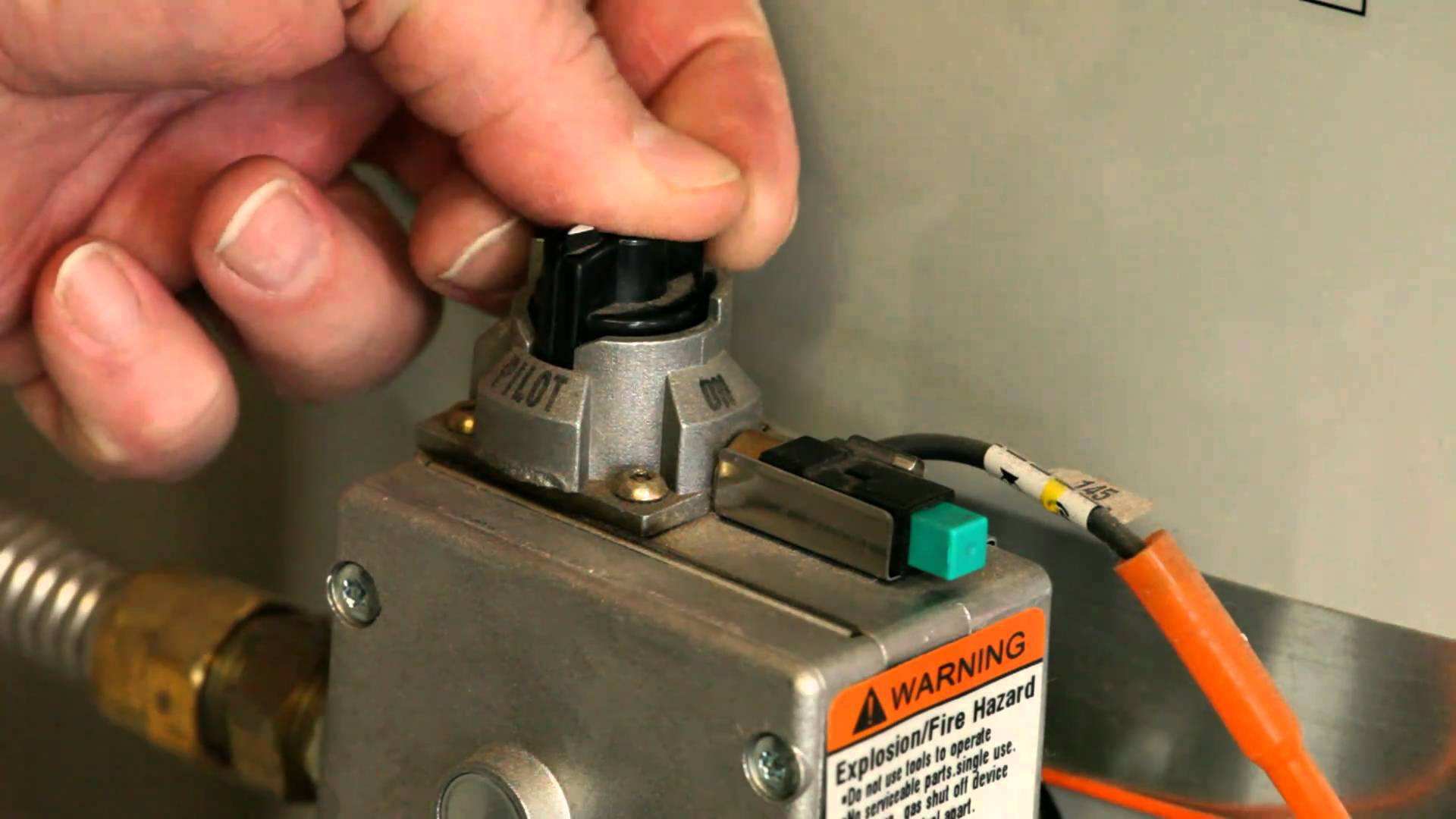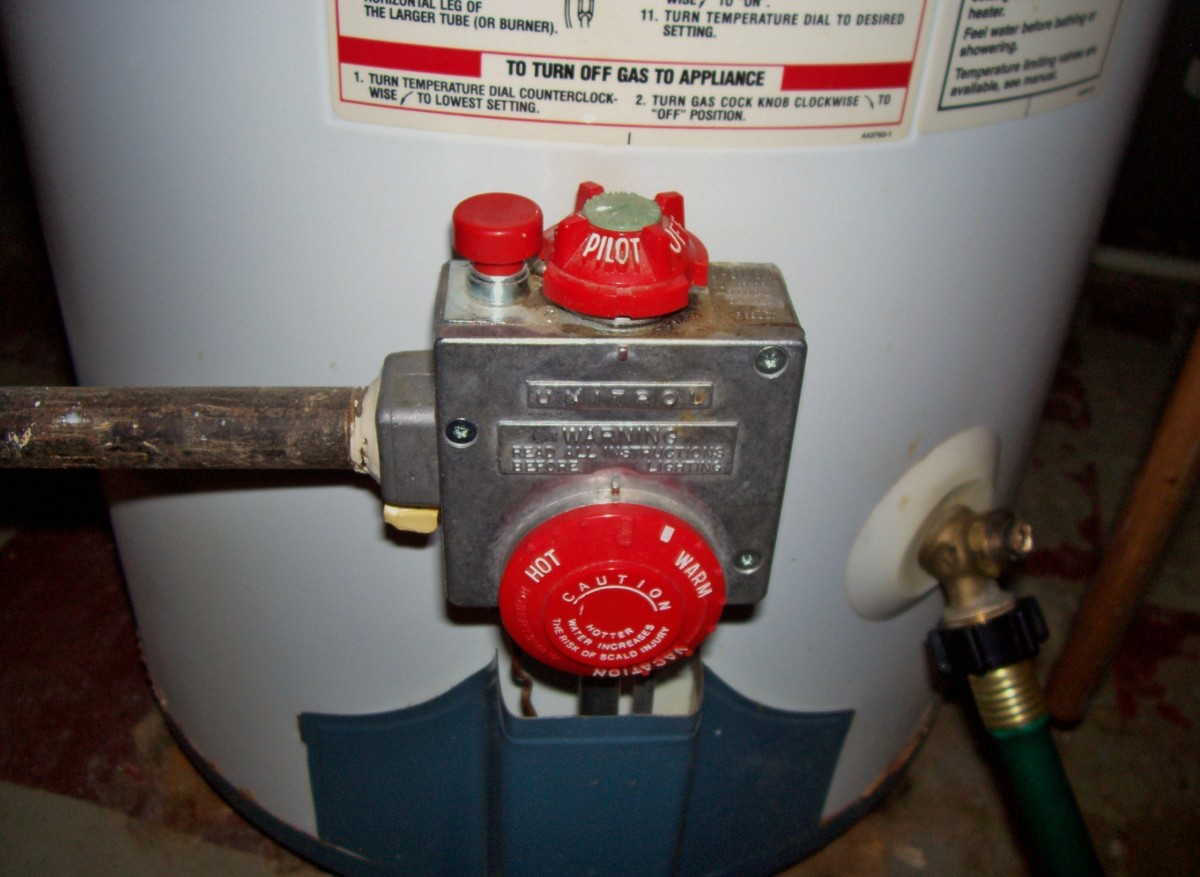Fix Water Heater Pilot Light Issues: DIY Guide
Ever stepped into a freezing shower expecting a warm cascade? A sputtering or extinguished pilot light is often the culprit behind a sudden lack of hot water. Understanding this small but crucial component can save you from chilly mornings and costly repairs.
That tiny blue flame dancing beneath your gas water heater is more than just a flicker; it's the gateway to comfortable showers, clean dishes, and countless other household necessities. It ignites the main burner, which heats the water stored in the tank. While modern water heaters often utilize electronic ignition systems, millions of homes still rely on the trusty pilot light. This seemingly simple mechanism can be surprisingly complex, and a variety of factors can disrupt its operation.
| Component | Function | Potential Problems |
|---|---|---|
| Pilot Light | Ignites the main gas burner. | Goes out due to drafts, thermocouple malfunction, or gas supply issues. |
| Thermocouple | Safety device that shuts off gas if the pilot light goes out. | Malfunction can prevent gas flow to the pilot light. |
| Gas Valve | Controls the flow of gas to the pilot light and main burner. | Can become faulty, restricting gas flow. |
| Burner | Heats the water in the tank. | Can become clogged or corroded, preventing proper ignition. |
U.S. Department of Energy - Gas Hot Water Heaters
The pilot light, a small, constantly burning flame, is the heart of many gas water heaters. Its the initial spark that ignites the main burner, which in turn heats your water. When functioning correctly, it provides a reliable and efficient source of hot water on demand. But when the pilot light malfunctions, a cascade of problems can arise.
The most common sign of a pilot light issue is, of course, a lack of hot water. A sudden blast of cold water in the shower is a telltale sign that the pilot light has extinguished. However, other, less obvious clues might indicate a developing problem. For instance, a flickering or weak pilot light, a yellowish flame instead of the healthy blue, or a rumbling sound from the water heater can all signal trouble brewing.
Several factors can cause a pilot light to malfunction. A strong draft can easily extinguish the flame, especially in older models. A faulty thermocouple, a safety device designed to shut off the gas supply if the pilot light goes out, is another frequent culprit. If the thermocouple malfunctions, it can prevent gas from reaching the pilot light in the first place. A dirty or clogged pilot orifice can also restrict gas flow, leading to a weak flame or complete extinguishment. Finally, problems with the gas supply itself, such as low gas pressure or a blocked gas line, can prevent the pilot light from staying lit.
Relighting a pilot light is often a straightforward process, but its essential to follow the manufacturers instructions printed on the water heater. These instructions typically involve turning the gas control knob to the pilot setting, pressing the reset button, and holding a lit match or lighter near the pilot orifice. Once the pilot light ignites, continue holding the reset button for a short period to allow the thermocouple to heat up and maintain the gas flow. If the pilot light won't stay lit after several attempts, its a sign of a more serious problem, such as a faulty thermocouple or gas valve, requiring professional attention.
Beyond relighting the pilot light, regular maintenance can prevent many common problems. Periodically checking the pilot light for proper color and strength can help identify potential issues early on. Cleaning the pilot orifice with a small brush or compressed air can prevent clogs and ensure a steady gas flow. Inspecting the thermocouple for signs of damage or corrosion is also crucial for maintaining safe and efficient operation. And, of course, if you detect any gas leaks or suspect a more significant problem, contact a qualified technician immediately. Safety should always be your top priority.
While modern electronic ignition systems are gaining popularity, the traditional pilot light remains a reliable and cost-effective solution for many homeowners. By understanding its workings and performing regular maintenance, you can ensure a steady supply of hot water and avoid unexpected cold showers. Remember, a little attention to this small flame can make a big difference in your home comfort.
Ignoring a persistent pilot light problem can lead to more than just cold showers. It can be a safety hazard. A malfunctioning pilot light can leak gas into your home, creating a risk of explosion or carbon monoxide poisoning. Therefore, if youre struggling with a pilot light that wont stay lit, or notice any unusual smells or sounds coming from your water heater, it's crucial to seek professional help immediately. A qualified technician can diagnose the problem and perform the necessary repairs, ensuring the safety and efficiency of your water heater.
From drafts and thermocouple malfunctions to gas supply issues and clogged orifices, various factors can contribute to pilot light problems. By understanding these common causes and implementing preventative maintenance measures, you can keep your water heater running smoothly and enjoy a consistent supply of hot water for years to come.


